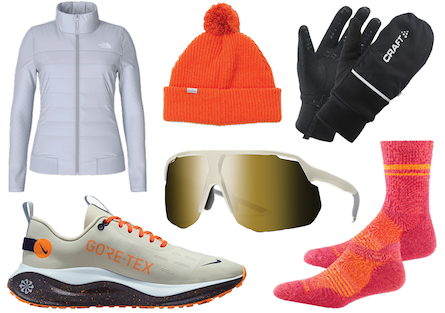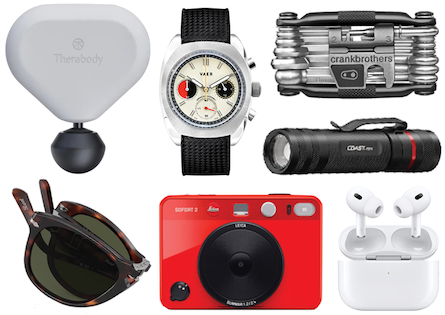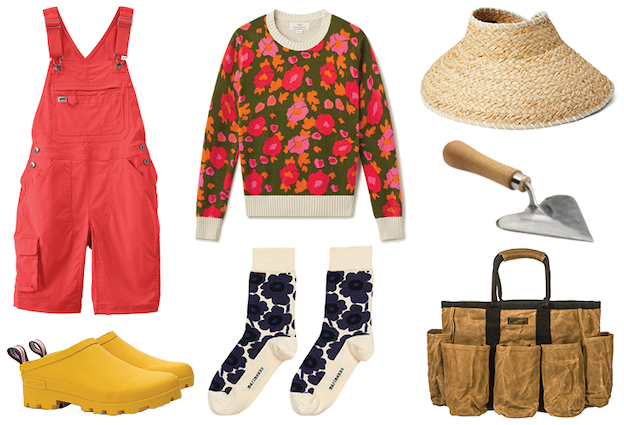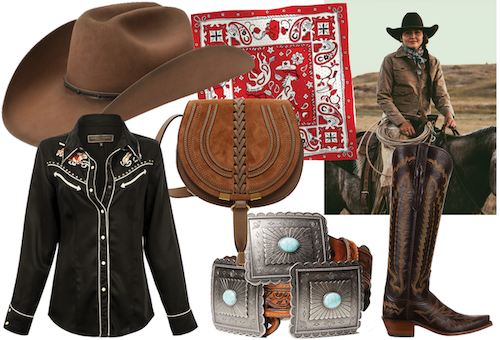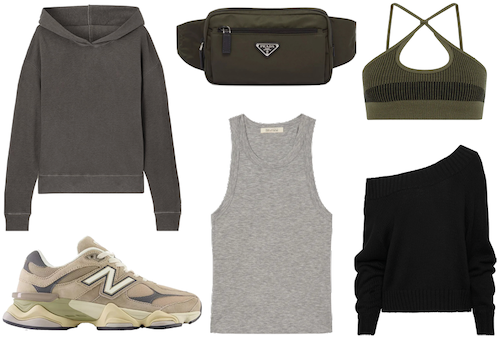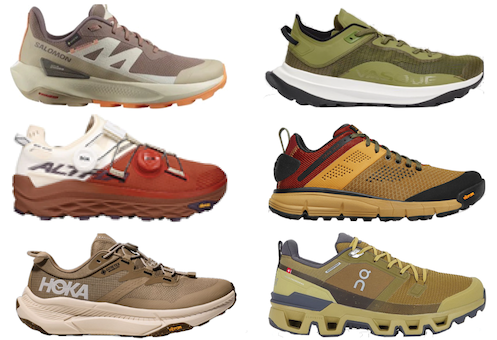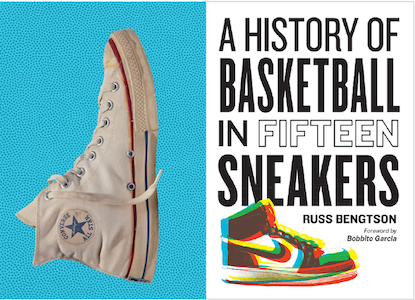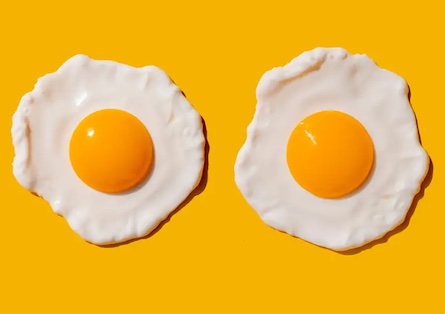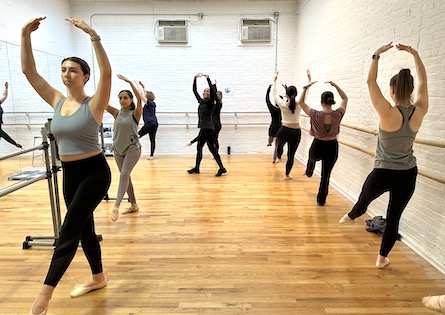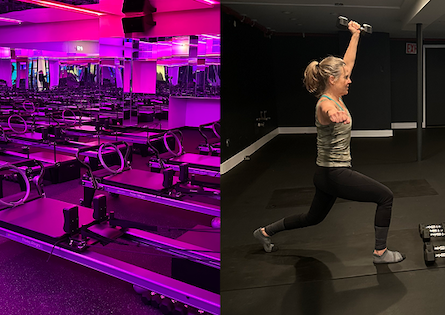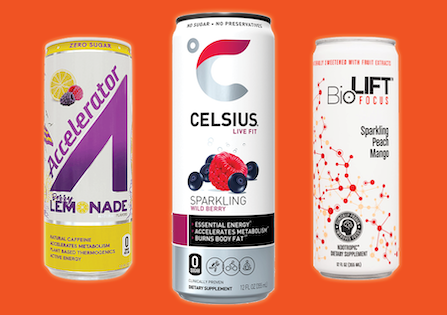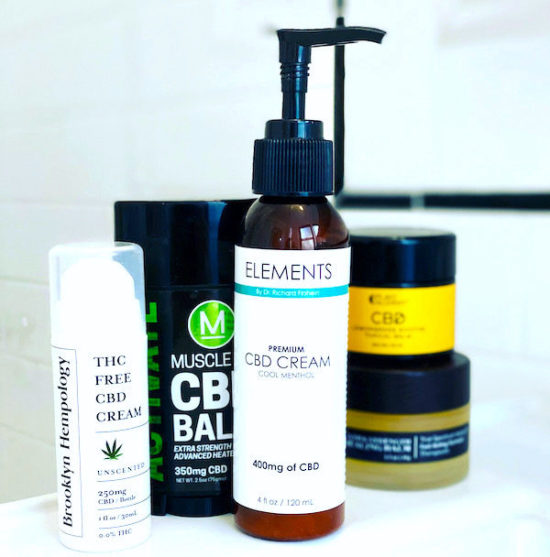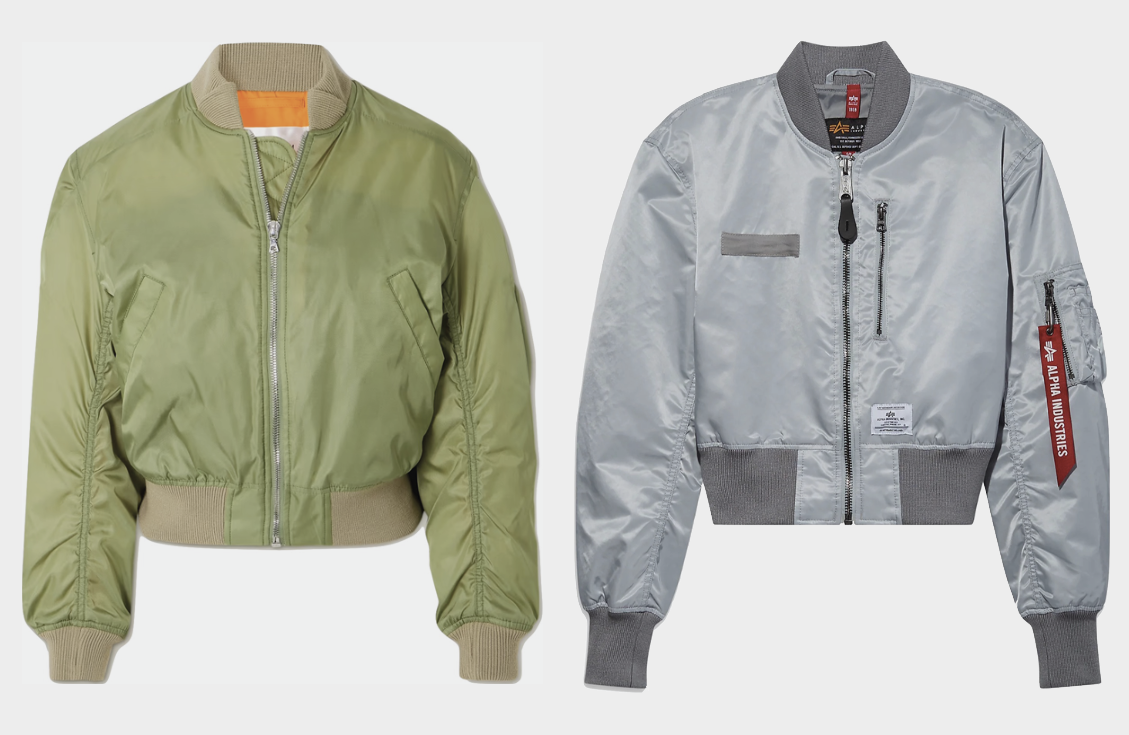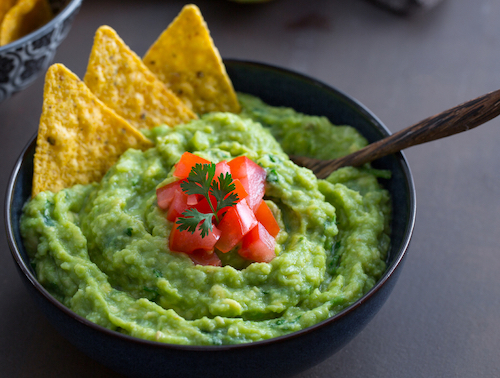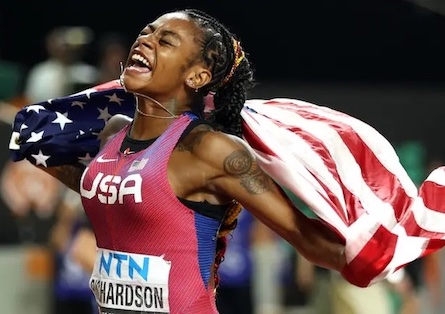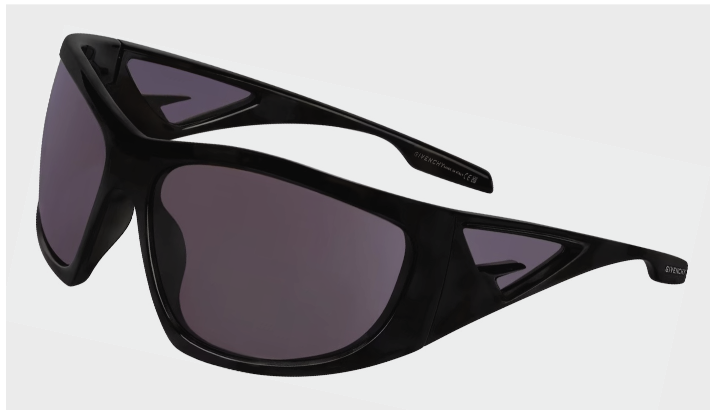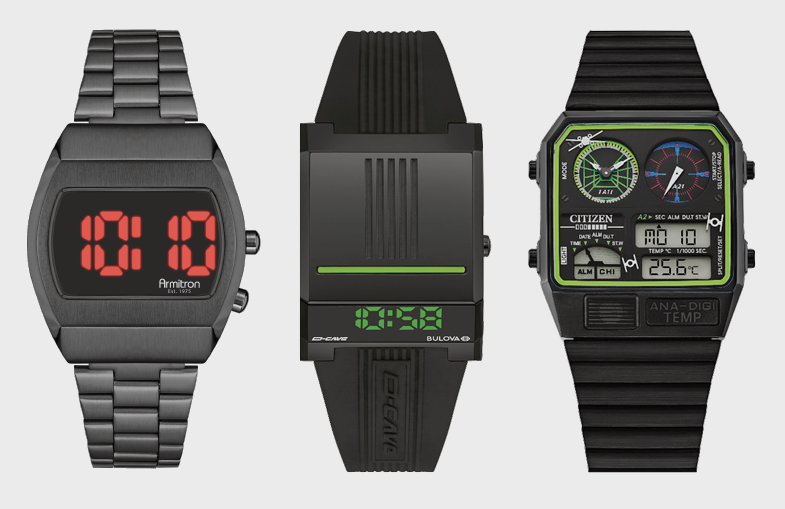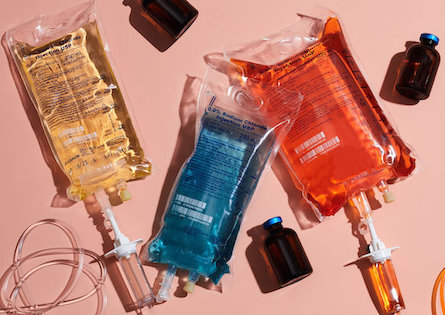MUSCLE MX, BROOKLYN HEMPOLOGY, ELEMENTS BY DR. RICHARD FIRSHEIN, PLANT ALCHEMY, KOI CBD
Walk into any health food or drugstore these days and you’ll see shelves filled with CBD products. In particular, there are a multitude of CBD creams and balms targeting muscle pain and inflammation, the common symptoms of overuse or injury any athlete encounters. CBD stands for cannabidiol and is the relaxing but non-psychotropic component of the cannabis sativa (marijuana) plant. Its counterpart is THC, the component that gets you high. CBD and THC are the most well known components, but there are many more cannabinoids in the cannabis plant, all of which have different therapeutic benefits.
There are three different categories of CBD products: CBD isolate, which contains no other cannabinoids or THC; broad-spectrum CBD, which contains most cannabinoids; and full-spectrum CBD, which in addition to the full range of cannabinoids also contains THC, up to the maximum 0.3 percent allowed by law. With such a miniscule amount, there are generally none of the mind-altering effects associated with THC.
While CBD isolates and broad-spectrum are ideal for consumers who want to be sure there is no THC in their product, without the other cannabinoids, the overall therapeutic benefits of CBD are reduced. Without the THC, what is known as the “entourage effect” is reduced as well. Even with just the trace amount allowed, CBD is more effective with THC. With so many options to choose from, including all the different dosages available, how do you know which one to buy? We asked Dr. Richard Firshein of the Firshein Medical Center for some answers. Read More

